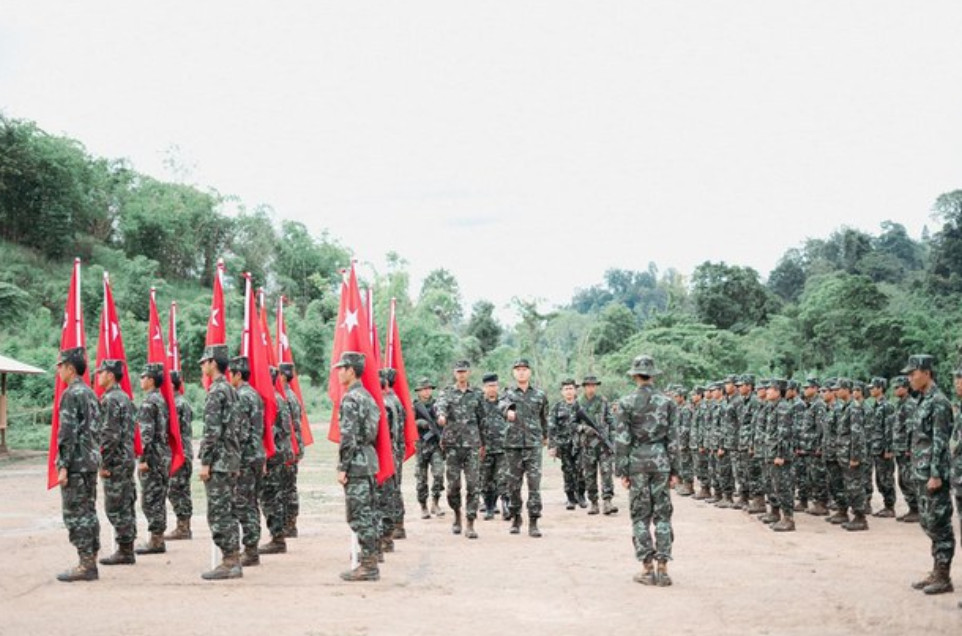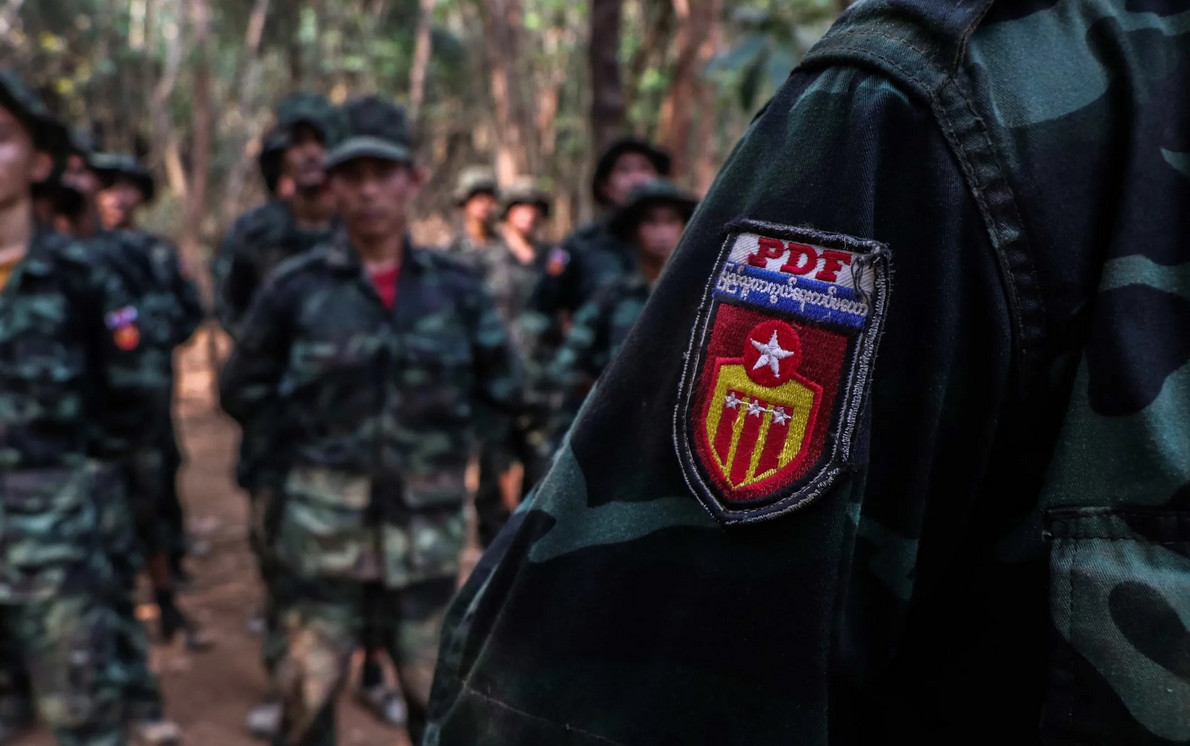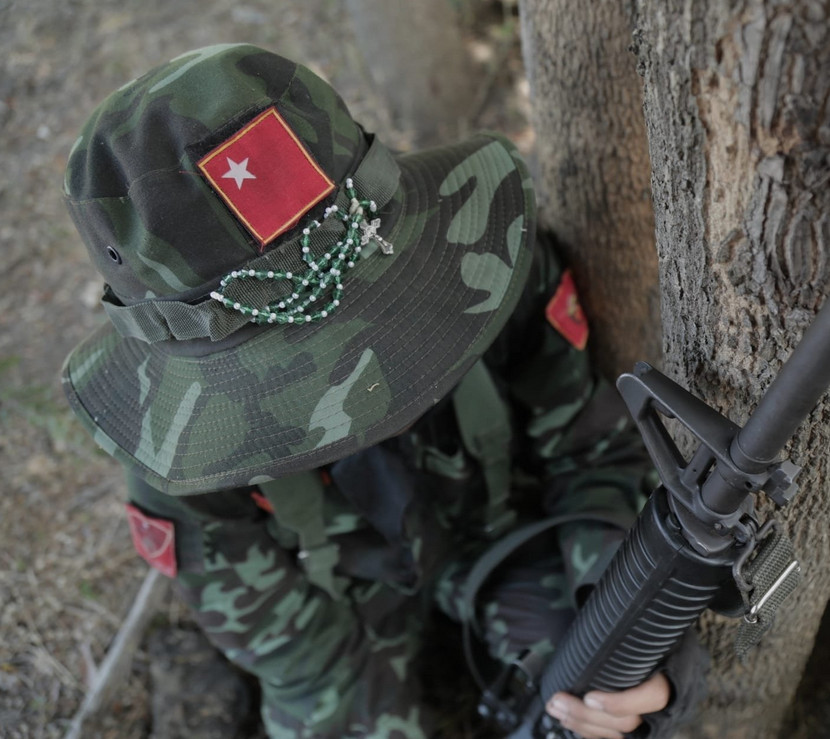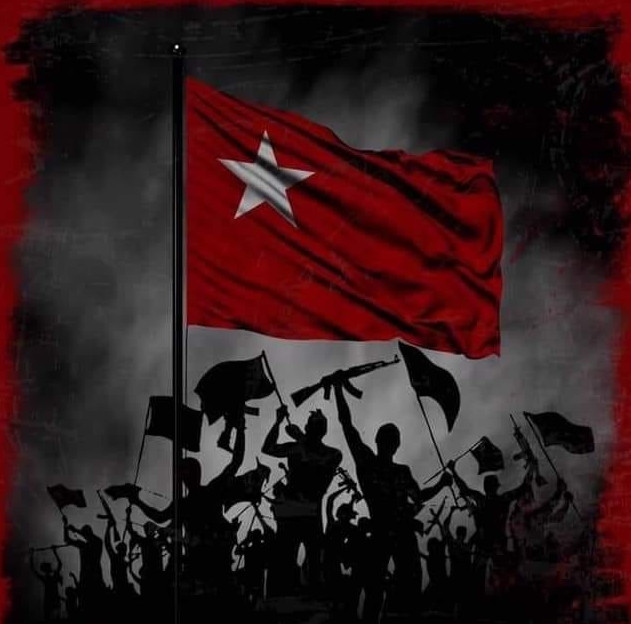Gender-fluid fashion is characterized by its departure from traditional gender norms and its embrace of inclusivity and self-expression.
1. Neutral Palettes and Versatile Pieces Unisex Colors and Cuts: Earth tones, blacks, whites, and grays dominate gender-fluid collections, providing a neutral base that can be worn by anyone.








Modular Wardrobes: Items designed to be layered and styled in multiple ways, such as oversized shirts, blazers, and pants with adjustable features.
2. Bold Statements and Unique Prints
Expressive Patterns: While many pieces are neutral, there is also a trend towards bold prints and vibrant colors that allow for personal expression.
Graphic Designs: Incorporation of unique graphic elements that challenge traditional gender norms, making statements about identity and self-expression.
3. Comfort and Functionality
Athleisure Influence: Blending athletic wear with everyday fashion, emphasizing comfort and practicality. Think joggers, hoodies, and sneakers that are stylish and functional.
Utility Wear: Clothing with functional features such as large pockets, adjustable straps, and durable materials that cater to a variety of activities and body types.
4. Sustainability and Ethical Fashion
Eco-Friendly Materials: A strong focus on sustainable fabrics such as organic cotton, recycled polyester, and biodegradable textiles.
Ethical Production: Emphasis on fair labor practices and environmentally friendly manufacturing processes, aligning gender-fluid fashion with the broader sustainability movement.
5. Mix of Traditional Masculine and Feminine Elements
Androgynous Silhouettes: Combining elements traditionally seen as masculine (like structured blazers) with those seen as feminine (such as flowing skirts).
Gender-Blend Styles: Pieces like kilts, jumpsuits, and rompers that defy conventional gendered clothing categories.
6. Customization and Personalization
Custom-Fit Options: Offering tailored options that allow customers to adjust fit according to their body shape and personal preference.
DIY and Upcycling: Encouraging consumers to personalize and modify clothing, often through workshops or collaboration with artists.
7. Influence of Pop Culture and Media
Celebrity Endorsements: High-profile figures like Harry Styles, Billy Porter, and Jaden Smith embracing and promoting gender-fluid fashion on public platforms.
Media Representation: Increasing visibility of gender-fluid fashion in movies, TV shows, and social media, helping to normalize and popularize these styles.
8. Inclusive Retail Spaces
Non-Binary Sizing: Retailers offering sizing that is not strictly categorized by gender, promoting a more inclusive shopping experience.
Agender Stores: Shops and sections within stores dedicated to gender-neutral clothing, breaking down the traditional divisions between menswear and womenswear.
9. Tech-Enhanced Fashion
Smart Fabrics: Incorporation of technology in fabrics that can adapt to different conditions, enhancing the functionality of gender-fluid clothing.
Virtual Try-Ons: Use of augmented reality (AR) and virtual reality (VR) to allow consumers to try on clothes digitally, promoting a more inclusive and accessible shopping experience.
10. Cultural and Regional Influences
Global Fusion: Incorporation of styles and elements from various cultures, blending traditional attire with modern gender-fluid fashion.
Local Artisans: Collaborations with local artists and craftsmen to create unique pieces that celebrate cultural diversity and craftsmanship.
Gender-fluid fashion continues to evolve, driven by a desire for inclusivity and a break from conventional norms. These trends reflect a broader cultural shift towards acceptance and celebration of diverse identities and expressions.

Leave a Reply